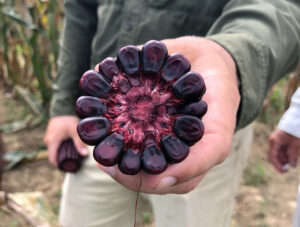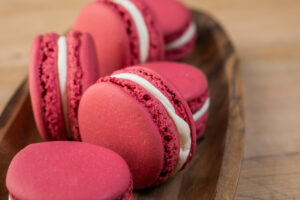Cochineal and carmine are natural colors extracted from the cactus-dwelling cochineal insect that is native to Latin America. Depending on the method of extraction, they can range in hue from orange to red to purple. They have excellent heat, light, and pH stability and work well in a wide range of applications.
In terms of stability and functionality, these natural colors are some of the best, but because they’re derived from an insect, carmine and cochineal are not considered vegetarian, kosher, or halal. So, for products that need natural colors that comply with these certifications, alternatives to carmine are necessary.
In this article, we’ll go through some of the best alternative options to match the different shades carmine and cochineal provide.
Orange
Annatto, and Paprika provide excellent orange to red-orange shades for many applications. Although they are naturally oil-soluble, yellow and orange emulsions like our Emulsitech® colors provide water soluble options, as well, that are great alternatives to carmine and cochineal.
The top row in the image below shows carminic acid used at two different dose levels for light to dark orange shades. The second row shows that close matches are possible with carotenoids, in this case, our Emulsitech® Paprika. While the dosage rate requirements are slightly higher for the darker orange option, it provides heat and light similar compared to carminic acid.
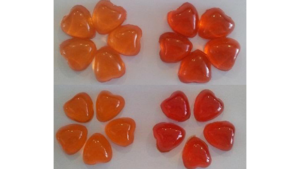
Pink to Red
Beet
Beet is usually the first go-to alternative to carmine for pink to red shades. It has good light stability and an effective cost-in-use. It can also achieve close color matches to carmine in neutral pH applications like dairy beverages and yogurt.
So, why doesn’t everyone just use beet? Beet is notoriously susceptible to fading when exposed to heat. So, while it may work well for certain applications, it may not always survive the heating process associated with applications like strawberry dairy beverages or red velvet cakes.
The image below shows carmine on the left and two dosage levels of beet in cupcakes. The lower dose is not a match to the carmine cupcake and shows significant fading around the edges.

To avoid this, you can overdose a bit to compensate for some of the fading, as seen in the cupcake with the higher dose. But, while the fading is less noticeable and the color is a closer match than the one with the lower dose of beet, doing this requires a much higher dose rate that could result in flavor interference. That is why blends are often a better choice.
Beet is also not the most acid stable red color available, so lower pH applications like beverages, fruit prep, or gummies typically show better results using anthocyanins.
Anthocyanins
Anthocyanins provide bright red to pink hues in low pH applications. They are also fairly heat and light stable, making them great alternatives to carmine in products like fruit preps, fillings, and low pH beverages.
You can see here that the anthocyanins like purple sweet potato and Amaize® provide similar hues to carmine in fruit prep applications. both before and after heat treatment, the anthocyanins maintain their bright red color.
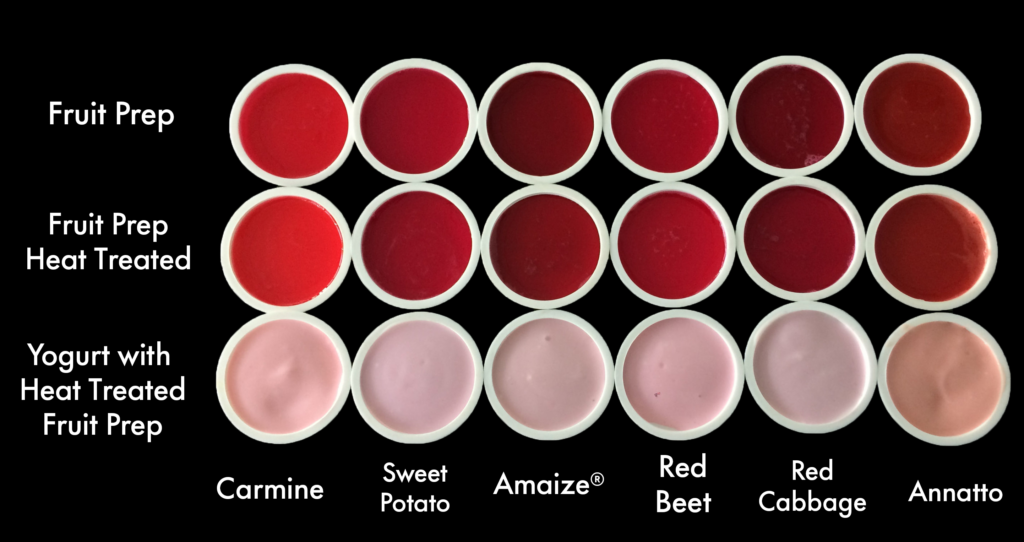
Blends
Blends will be your best option for replacing carmine when a single natural color alone doesn’t have the best stability or provide the right shade. Beet, for example, can be blended with more heat stable colors like beta-carotene or class I caramels to be used in dairy beverages or bakery applications with better results.
The image below shows carmine in yogurt in the top center row surrounded by a variety of blends using beet, anthocyanins, and beta-carotene at varying dosage levels. By varying the amount of these pigments in the blend, close color matches are possible!
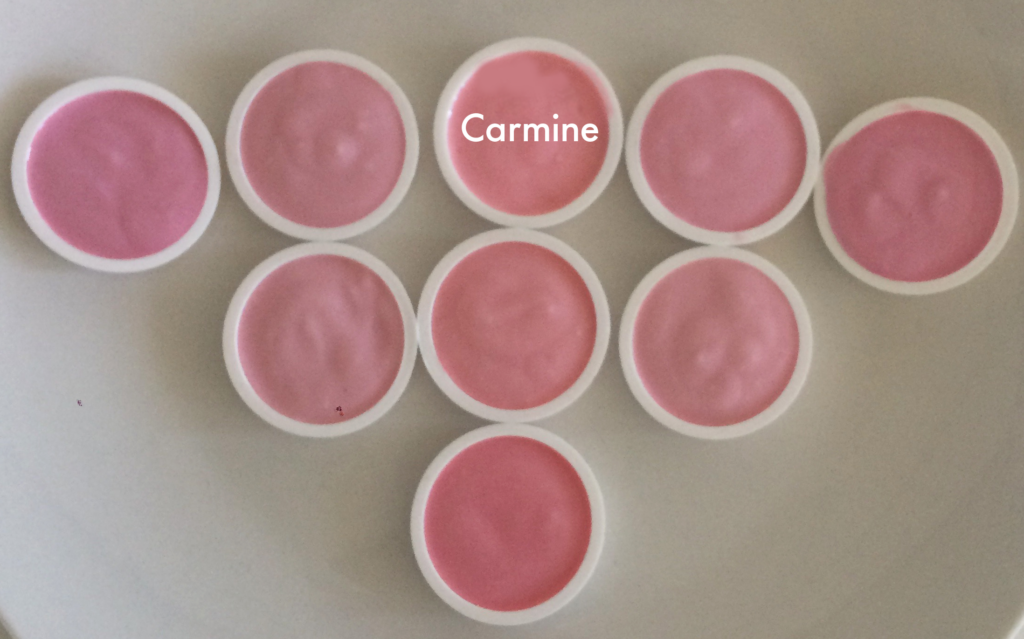
The best way to make sure you are getting the best alternative to carmine for your product is to work directly with our application scientists. By providing your base material and target color, they can try different blends that will meet the stability and color requirements of your product as closely as possible.
Want to see how they do it? Check out our color matching article for the inside scoop. Or get started with a sample.



